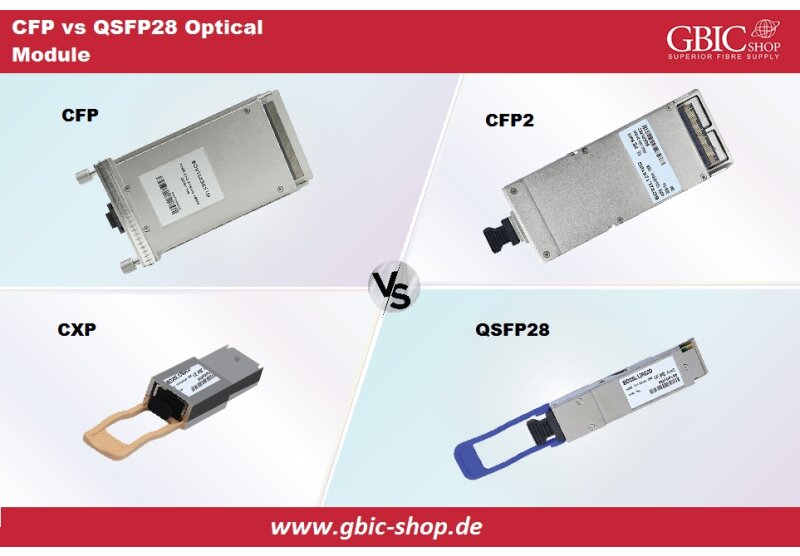Auto-Negotiation is a feature that allows two different speed networks to communicate by adjusting to a speed that is suitable for both networks. For example, a switch has a 1Gbps (Gigabit Ethernet) port which is connected to 100Mbps (Fast Ethernet) port of another switch. The port speed at both ends should be same to establish the link. Auto-Negotiation protocol shares the transmit speed, duplex mode status and flow control information of both the ports with each other. After receiving the information regarding the mentioned parameters, the ports adjust their levels according to the capabilities of the opposite end port. The auto-negotiation protocol’s packet contains the below information:
- bit 0: device supports 10BASE-T
- bit 1: device supports 10BASE-T in full duplex
- bit 2: device supports 100BASE-TX
- bit 3: device supports 100BASE-TX in full duplex
- bit 4: device supports 100BASE-T4
- bit 5: pause
- bit 6: asymmetric pause for full duplex
- bit 7: reserved
In addition to the above bits, an additional 5-bit message is appended to the transmitted packet. These 5 bits are called the selector bits. The selector bits determine the type of message being sent by the auto-negotiation protocol.
The decision making on which speed and duplex mode to adopt is based on a set priority given in table 1.
|
Priority |
Speed and Duplex Mode |
|
1 |
10GBASE-T FULL DUPLEX |
|
2 |
1000BASE-T FULL DUPLEX |
|
3 |
1000BASE-T HALF DUPLEX |
|
4 |
100BASE-T2 FULL DUPLEX |
|
5 |
100BASE-TX FULL DUPLEX |
|
6 |
100BASE-T2 HALF DUPLEX |
|
7 |
100BASE-T4 HALF DUPLEX |
|
8 |
100BASE-TX HALF DUPLEX |
|
9 |
10BASE-T FULL DUPLEX |
|
10 |
10BASE-T HALF DUPLEX |
Table 1: Auto-Negotiation Priority
It is pertinent to mention here that the auto-negotiation protocol is supported by ethernet over copper wiring only; hence, only the BASE-T SFP transceivers may support auto-negotiation. Fiber transceivers work on one speed only. In the next section we will discuss some scenarios where switches communicate to implement the correct speed and duplex mode using the auto-negotiation protocol.
Examples
Switch 1 has a 100BASE-T full duplex SFP transceiver installed in one of its ports, the transceiver supports auto-negotiation. It is connected to a 10BASE-T copper port on Switch 2 using a copper patch cord. How will the switch 1 and switch 2 communicate to set the correct port speed and duplex mode in order to establish the data link?
Explanation
Switch 1 will send the packet defined in table 2 to Switch 2.
|
Bit # |
Bit 0 |
Bit 1 |
Bit 2 |
Bit 3 |
Bit 4 |
Bit 5 |
Bit 6 |
Bit 7 |
|
Value |
1 |
1 |
1 |
1 |
0 |
0 |
0 |
0 |
Table 2: Switch 1 Message Code
Switch 2 after receiving the above message will determine that the Switch 1 can support up to 100Mbps full duplex link. Switch 2 will send the message code shown in table 3 to Switch 1 in reply.
|
Bit # |
Bit 0 |
Bit 1 |
Bit 2 |
Bit 3 |
Bit 4 |
Bit 5 |
Bit 6 |
Bit 7 |
|
Value |
1 |
1 |
0 |
0 |
0 |
0 |
0 |
0 |
Table 3: Switch 2 Message Code
Switch 1 will set its port speed and duplex mode to the highest supported technology by Switch 2. In this case it is 10Mbps. Switch 2 will also set its port speed and duplex mode to the highest supported by itself as it cannot set the speed to 100Mbps supported at the other end.
Auto-negotiation provides backward compatibility, thus allowing older communication equipment to be connected with the newer communication equipment. It is a very useful feature of copper based SFP transceivers and allows cost-savings by continuing to use the older equipment.
 English
English
 Deutsch
Deutsch
 Espaniol
Espaniol










